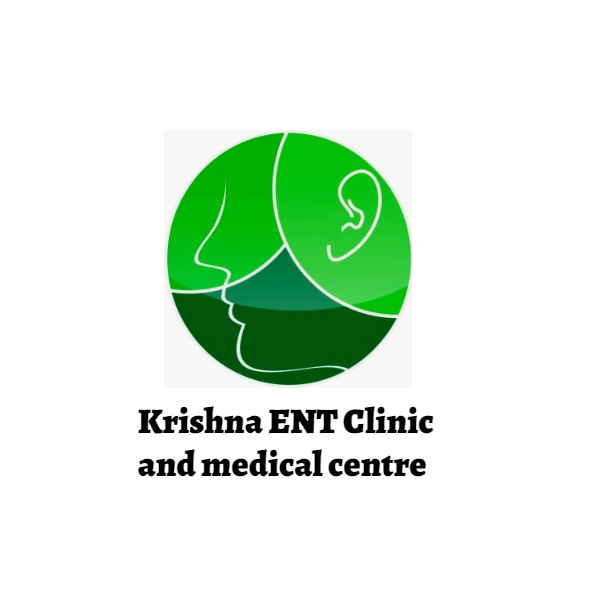Rhinoplasty is surgery to repair or reshape the nose also known as Cosmetic nose surgery. Rhinoplasty, or nose reshaping surgery, improves the shape, size, and symmetry of a person’s nose, bringing it into better proportion with the rest of the face. Rhinoplasty can be a rewarding and life-enhancing procedure—patients often notice that their overall appearance has improved, as the nose they see now looks natural, like the nose they have always thought they should have.
In Rhinoplasty one or more of the following procedures are done:
Elevation of depressed nose by adding cartilage, bone or implant.
Removal of hump.
Reduction of bulk of the tip.
Reshaping of nasal bones.
Elevation of tip of nose.
Reduction of size of nostrils.
Types of Rhinoplasty
Nose surgery is highly individualized, and the exact techniques a cosmetic surgeon will use during a procedure will look a little different each time, depending on a patient’s anatomy and desired changes. In general, however, a cosmetic surgeon’s techniques will fall under one of the following procedural approaches.
Rhinoplasty (cosmetic nasal surgery) can improve the shape of your nose. Alterations can be performed to shorten a long nose, narrow a wide nose, reduce a wide tip, lower a high nose, straighten a crooked nose, and improve the breathing in cases of nasal stuffiness.
Rhinoplasty is performed on an outpatient basis under intravenous sedation. You will wear an external splint on the nose for 7 days. During this time, you can resume non-stressful activities like bathing, shampooing, and walking. After the splint is removed, the nose will be swollen. Within 2 weeks following surgery, most patients can return to work and resume full activities.

An exceptional standard of care in all
aspects of pediatric and adult ENT conditions
